Filter by
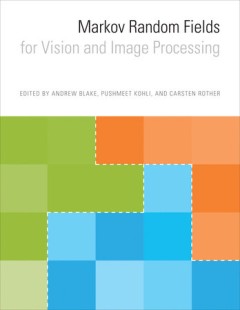
Markov Random Fields for Vision and Image Processing
State-of-the-art research on MRFs, successful MRF applications, and advanced topics for future study.OCLC-licensed vendor bibliographic record.
- Edition
- -
- ISBN/ISSN
- 9780262298353
- Collation
- 1 online resource (vii, 463 pages) :illustrations
- Series Title
- -
- Call Number
- -
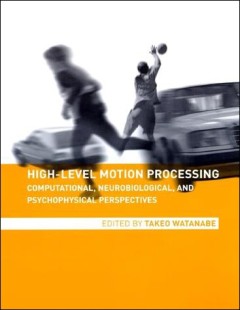
High-level motion processing : computational, neurobiological, and psychophys…
"A Bradford book."Motion perception is fundamental to survival. Until recently, research on motion perception emphasized such basic aspects of motion as sampling and filtering. In the past decade, however, the emphasis has gradually shifted to higher-level motion processing--i.e., processing that takes place not only in the primary visual cortex but also in the "higher" or more complicated part…
- Edition
- -
- ISBN/ISSN
- 9780262285841
- Collation
- 1 online resource (xi, 417 pages) : illustrations
- Series Title
- -
- Call Number
- 001 HIG
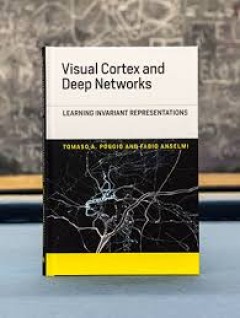
Visual Cortex and Deep Networks: Learning Invariant Representations
A mathematical framework that describes learning of invariant representations in the ventral stream, offering both theoretical development and applications.The ventral visual stream is believed to underlie object recognition in primates. Over the past fifty years, researchers have developed a series of quantitative models that are increasingly faithful to the biological architecture. Recently, …
- Edition
- -
- ISBN/ISSN
- 9780262336710
- Collation
- 1 online resource (xiv, 118 pages) :illustrations.
- Series Title
- -
- Call Number
- -

Modularity in knowledge representation and natural-language understanding
"A Bradford book."The notion of modularity, introduced by Noam Chomsky and developed with special emphasis on perceptual and linguistic processes by Jerry Fodor in his important book The Modularity of Mind, has provided a significant stimulus to research in cognitive science. This book presents essays in which a diverse group of philosophers, linguists, psycholinguists, and neuroscientists--inc…
- Edition
- -
- ISBN/ISSN
- 9780262071055
- Collation
- 1 online resource (ix, 427 pages) :illustrations.
- Series Title
- -
- Call Number
- -
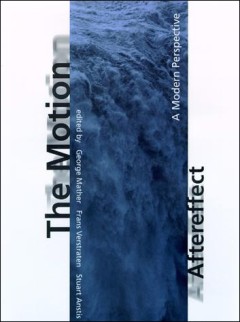
The motion aftereffect :a modern perspective
"A Bradford book."Motion perception lies at the heart of the scientific study of vision. The motion aftereffect (MAE), probably the best-known phenomenon in the study of visual illusions, is the appearance of directional movement of a stationary object or scene after the viewer has been exposed to visual motion in the opposite direction. For example, after one has looked at a waterfall for a pe…
- Edition
- -
- ISBN/ISSN
- 9780262279246
- Collation
- 1 online resource (xii, 220 pages) :illustrations
- Series Title
- -
- Call Number
- -
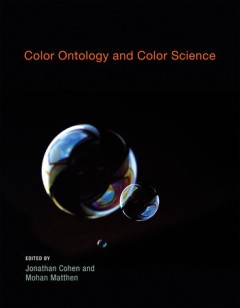
Color ontology and color science
Here, leading scientists and philosophers examine new problems with new analytic tools, considering such topics as the psychophysical measurement of colour and its implications, and questions that arise from what we now know about the neural processing of colour information, colour consciousness, and colour language.
- Edition
- -
- ISBN/ISSN
- -
- Collation
- 1 online resource (xxiii, 419 pages) : illustrations.
- Series Title
- -
- Call Number
- -
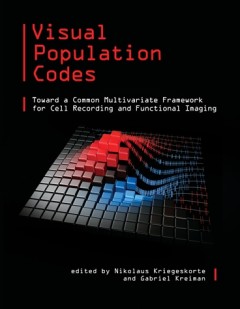
Visual population codes: Toward a common multivariate framework for cell reco…
Vision is a massively parallel computational process, in which the retinal image is transformed over a sequence of stages so as to emphasize behaviorally relevant information (such as object category and identity) and deemphasize other information (such as viewpoint and lighting). The processes behind vision operate by concurrent computation and message passing among neurons within a visual are…
- Edition
- -
- ISBN/ISSN
- 9780262303576
- Collation
- 1 online resource.
- Series Title
- -
- Call Number
- -
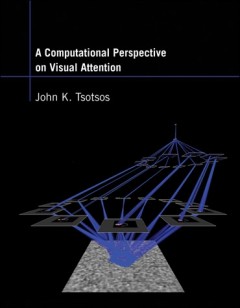
A computational perspective on visual attention
Although William James declared in 1890, "Everyone knows what attention is," today there are many different and sometimes opposing views on the subject. This fragmented theoretical landscape may be because most of the theories and models of attention offer explanations in natural language or in a pictorial manner rather than providing a quantitative and unambiguous statement of the theory. They…
- Edition
- -
- ISBN/ISSN
- 9780262295420
- Collation
- 1 online resource (xvi, 308 pages) :illustrations (some color)
- Series Title
- -
- Call Number
- -

Object recognition in man, monkey, and machine
The contributors bring a wide range of methodologies to bear on the common problem of image-based object recognition. These interconnected essays on three-dimensional visual object recognition present cutting-edge research by some of the most creative neuroscientific, cognitive, and computational scientists in the field. Cassandra Moore and Patrick Cavanagh take a classic demonstration, t…
- Edition
- -
- ISBN/ISSN
- 9780262287609
- Collation
- 1 online resource (217 pages) :illustrations.
- Series Title
- -
- Call Number
- -
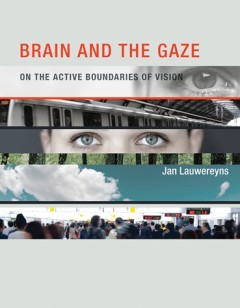
Brain and the gaze :on the active boundaries of vision
A radically integrative account of visual perception, grounded in neuroscience but drawing on insights from philosophy and psychology. How do we gain access to things as they are? Although we routinely take our self-made pictures to be veridical representations of reality, in actuality we choose (albeit unwittingly) or construct what we see. By movements of the eyes, the direction of our gaze, …
- Edition
- -
- ISBN/ISSN
- 9780262305549
- Collation
- 1 online resource (xxi, 290 pages) :illustrations
- Series Title
- -
- Call Number
- -
 Computer Science, Information & General Works
Computer Science, Information & General Works  Philosophy & Psychology
Philosophy & Psychology  Religion
Religion  Social Sciences
Social Sciences  Language
Language  Pure Science
Pure Science  Applied Sciences
Applied Sciences  Art & Recreation
Art & Recreation  Literature
Literature  History & Geography
History & Geography